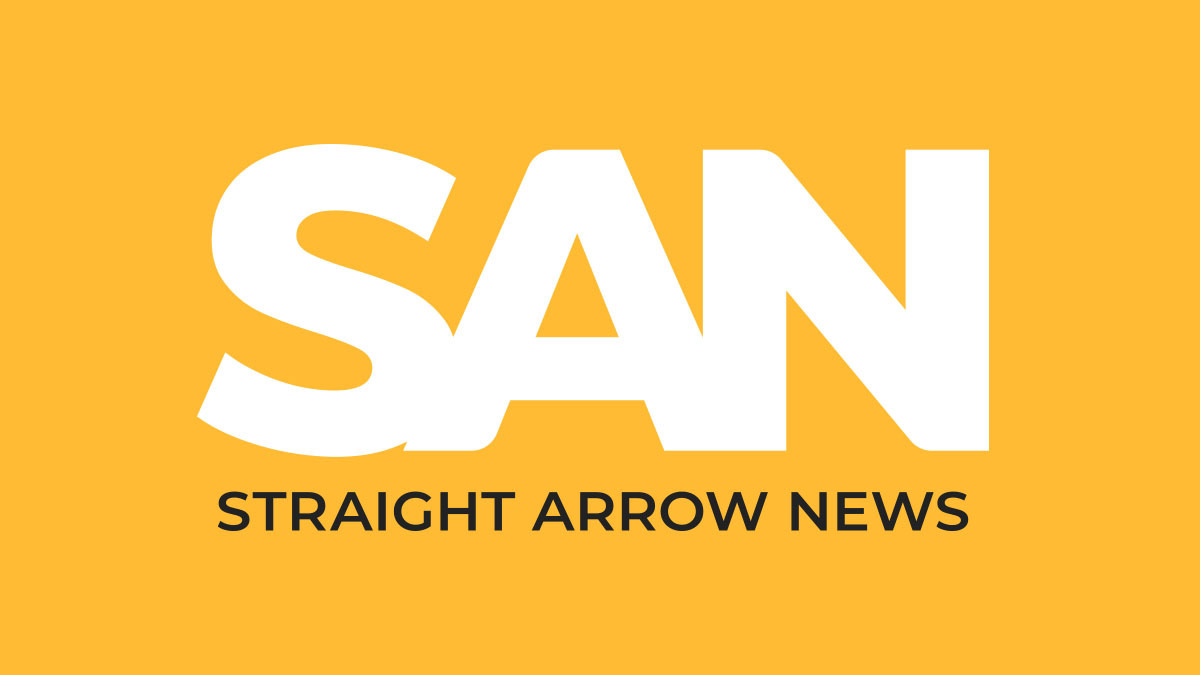And why do I care so much about agricultural shipments? I mean, Ukraine only has one waterfrontage, it’s got to pull into the Northwest and Romania to the southwest. Why can’t it ship stuff by land? Well, agricultural products really doesn’t matter what it is, have a very high weight and bulk to value ratio. So transport really is important from a cost point of view. And on average, as you know, for me, plus blah, blah, blah in forever, it costs about 12 times as much to ship anything by truck as it does by water. And so Odessa and KEARSON are the big blue water ports in the area has always been easier in the Russian and Ukrainian spaces to get the stuff on water wherever you can, and send it out. In this case, others another problem. There are real connections that go into the countries to Ukraine’s West, and some grain has gone there. But two problems number one, there’s not nearly enough of them and capacity is limited. So you’re talking about maybe one sis of Ukraine’s pre war grain could have made it out through the Western zones by rail. But problem number two, the rail gauge is different. So once these carriages get to the border, they either need to be on a special kind of carriage where you can adjust the rail gauge car by car at the border, or you need to switch the cargo to a new carriage in order to go into Europe. And I guess there’s a third problem to what has happened for the first year is in order to maximize that 20% They’d be going into Romania or Poland or Hungary, and then they dump their cargo and then the rail cars would come back empty to get loaded up again. That is what allows Ukraine to hit that 20% Number. The problem is Romania and Hungary and especially Poland are all green producers and exporters. And all this Ukrainian green getting dumped on the local market was pushing down the costs of local grain and forcing the poles the Hungarians and Romanians to then increase their shipments out. Well, that meant they had to pay the transport costs now as well. And it was starting to drive some local farmers out of business. So what we’ve seen in the last three months is most governments on the entire swath of European countries, that border or near Ukraine have stopped accepting Ukrainian cargo as an end destination, you can still trans ship, get it through, you can still get to a port no problem. But that means that the carriers it used to be able to do short back and forth now has to go all the way through these countries to get to another country or to get to the coast and then it takes up port space. And so that’s taking that 20% And probably cut it at least by a third, maybe as much as half. And the only solution to this that isn’t waterborne is to lay twice as many tracks or get a lot more rail cars. That’s not something you do in a few months. And so we are now looking at an environment where maybe 10% of Ukraine’s grain can out get out this year. And once the Russians actually start going after the infrastructure, especially in places like Odessa, those venues close off completely. So last year was probably the last year that Ukraine is going to be a significant producer of foodstuffs for the world. Next question.



















Commentary
Our commentary partners will help you reach your own conclusions on complex topics.
‘Overblown’: Americans debate the merits of DEI policies
Feb 27 Dr. Frank Luntz‘Biased’: What Americans think of ‘mainstream media’
Feb 21 Dr. Frank Luntz‘Getting rid of them’: Americans discuss Trump and immigration
Feb 14 Dr. Frank Luntz‘Woke’: Why some Biden 2020 voters backed Trump in 2024
Feb 6 Dr. Frank LuntzWhy I’m concerned about Ukraine’s agriculture industry
By Straight Arrow News
The EU has announced a Ukraine grain deal after five member countries banned Ukrainian imports following protests from local farmers. The deal allows Ukraine to transit agricultural produce through EU countries but not to sell there.
Although Russia has just extended the Black Sea grain deal for two months, allowing Ukraine’s grain exports to be transported by water, Straight Arrow News contributor Peter Zeihan explains why he thinks there are more hurdles ahead for Ukraine’s agriculture industry.
Excerpted from Peter’s May 18 “Zeihan on Geopolitics” newsletter:
The fourth question of the Q&A series is…why am I so worried about agriculture exports coming out of Ukraine?
Ukraine’s preferred route for its bulk wheat and maize exports has always been water — specifically via the Black Sea. Now you’re probably thinking, “Even with seaborne export routes being blocked by Russia, can’t Ukraine just send stuff by rail to neighboring countries?” Theoretically, yes, but there are a few problems.
There are two sizeable hurdles to overland transit. The first is limited rail capacity and differing infrastructure. Ukraine’s Soviet past means its rail lines are of a different gauge than most of Europe, forcing it to rely on aging legacy connectivity in Romania and Poland. And now there is a new issue on the horizon. As Ukraine started dumping more and more grain into its neighboring EU countries, the local economies took a hit, resulting in many of these countries refusing Ukrainian grain in support of their local farmers. It can still pass through, but it can’t stop there.
As Ukraine’s exports now need to go further, new infrastructure is required, and profits will get even lower. There isn’t a quick fix for this. To add insult to injury, Russia will soon target Ukrainian agricultural infrastructure — meaning last year was likely the last time Ukraine would be a significant producer of foodstuffs for the world.
And why do I care so much about agricultural shipments? I mean, Ukraine only has one waterfrontage, it’s got to pull into the Northwest and Romania to the southwest. Why can’t it ship stuff by land? Well, agricultural products really doesn’t matter what it is, have a very high weight and bulk to value ratio. So transport really is important from a cost point of view. And on average, as you know, for me, plus blah, blah, blah in forever, it costs about 12 times as much to ship anything by truck as it does by water. And so Odessa and KEARSON are the big blue water ports in the area has always been easier in the Russian and Ukrainian spaces to get the stuff on water wherever you can, and send it out. In this case, others another problem. There are real connections that go into the countries to Ukraine’s West, and some grain has gone there. But two problems number one, there’s not nearly enough of them and capacity is limited. So you’re talking about maybe one sis of Ukraine’s pre war grain could have made it out through the Western zones by rail. But problem number two, the rail gauge is different. So once these carriages get to the border, they either need to be on a special kind of carriage where you can adjust the rail gauge car by car at the border, or you need to switch the cargo to a new carriage in order to go into Europe. And I guess there’s a third problem to what has happened for the first year is in order to maximize that 20% They’d be going into Romania or Poland or Hungary, and then they dump their cargo and then the rail cars would come back empty to get loaded up again. That is what allows Ukraine to hit that 20% Number. The problem is Romania and Hungary and especially Poland are all green producers and exporters. And all this Ukrainian green getting dumped on the local market was pushing down the costs of local grain and forcing the poles the Hungarians and Romanians to then increase their shipments out. Well, that meant they had to pay the transport costs now as well. And it was starting to drive some local farmers out of business. So what we’ve seen in the last three months is most governments on the entire swath of European countries, that border or near Ukraine have stopped accepting Ukrainian cargo as an end destination, you can still trans ship, get it through, you can still get to a port no problem. But that means that the carriers it used to be able to do short back and forth now has to go all the way through these countries to get to another country or to get to the coast and then it takes up port space. And so that’s taking that 20% And probably cut it at least by a third, maybe as much as half. And the only solution to this that isn’t waterborne is to lay twice as many tracks or get a lot more rail cars. That’s not something you do in a few months. And so we are now looking at an environment where maybe 10% of Ukraine’s grain can out get out this year. And once the Russians actually start going after the infrastructure, especially in places like Odessa, those venues close off completely. So last year was probably the last year that Ukraine is going to be a significant producer of foodstuffs for the world. Next question.
Hurricane Helene hits US coast, Appalachia and beyond
Israel holds upper hand against Lebanon, Hezbollah and Iran
The Sinaloa Cartel civil war
New Ukrainian weapons hit Russia where it hurts
Weighing social costs vs. economic benefits on immigration
Underreported stories from each side
U.S. Immigration Service captures alleged “high-ranking” MS-13 member
14 sources | 0% from the left AP ImagesRepublicans need to cut Medicaid to hit budget savings target, CBO finds
13 sources | 0% from the right Getty ImagesLatest Stories
US changes course, pauses tariffs for all USMCA goods until April 2
More than half of global fossil fuel-related CO2 emissions linked to 36 companies
Zelenskyy foes met with Trump camp, oppose wartime election: Report
Trump preparing to sign executive order to begin closing Department of Education
Fake bomb threat called during Pro-Palestinian protest at Barnard College
Popular Opinions
In addition to the facts, we believe it’s vital to hear perspectives from all sides of the political spectrum.
Trump disgraces Oval Office with shameful treatment of Zelenskyy
10 hrs ago Jordan ReidDoorDash owes drivers millions but fight for worker justice not over
Yesterday Adrienne LawrenceSpeaker Johnson’s remarkable progress on ‘one big, beautiful bill’
Yesterday Newt GingrichTrump is leaving a huge mess only liberals can clean up
Tuesday Ruben Navarrette